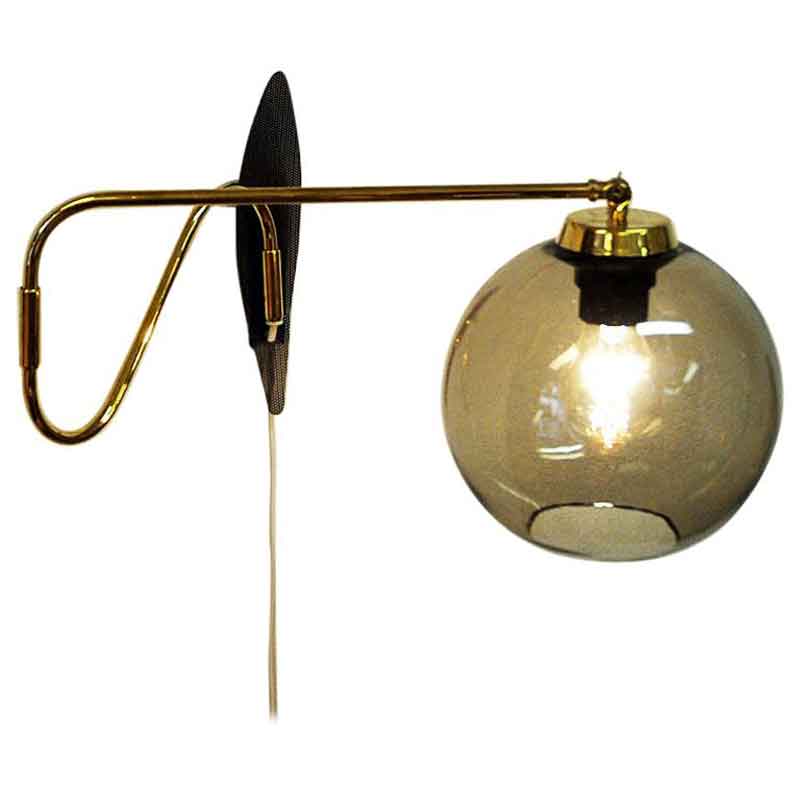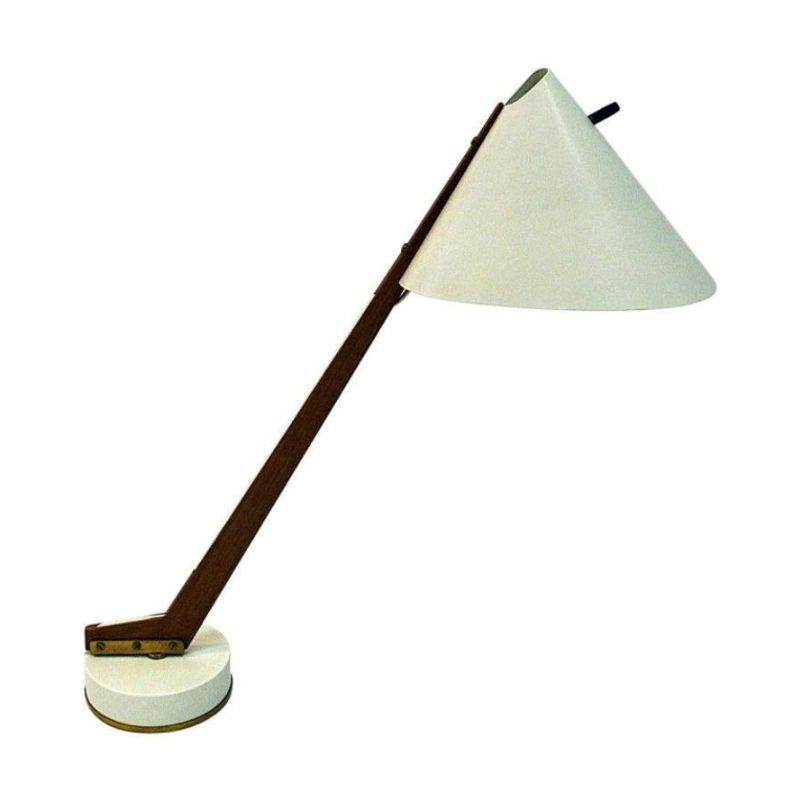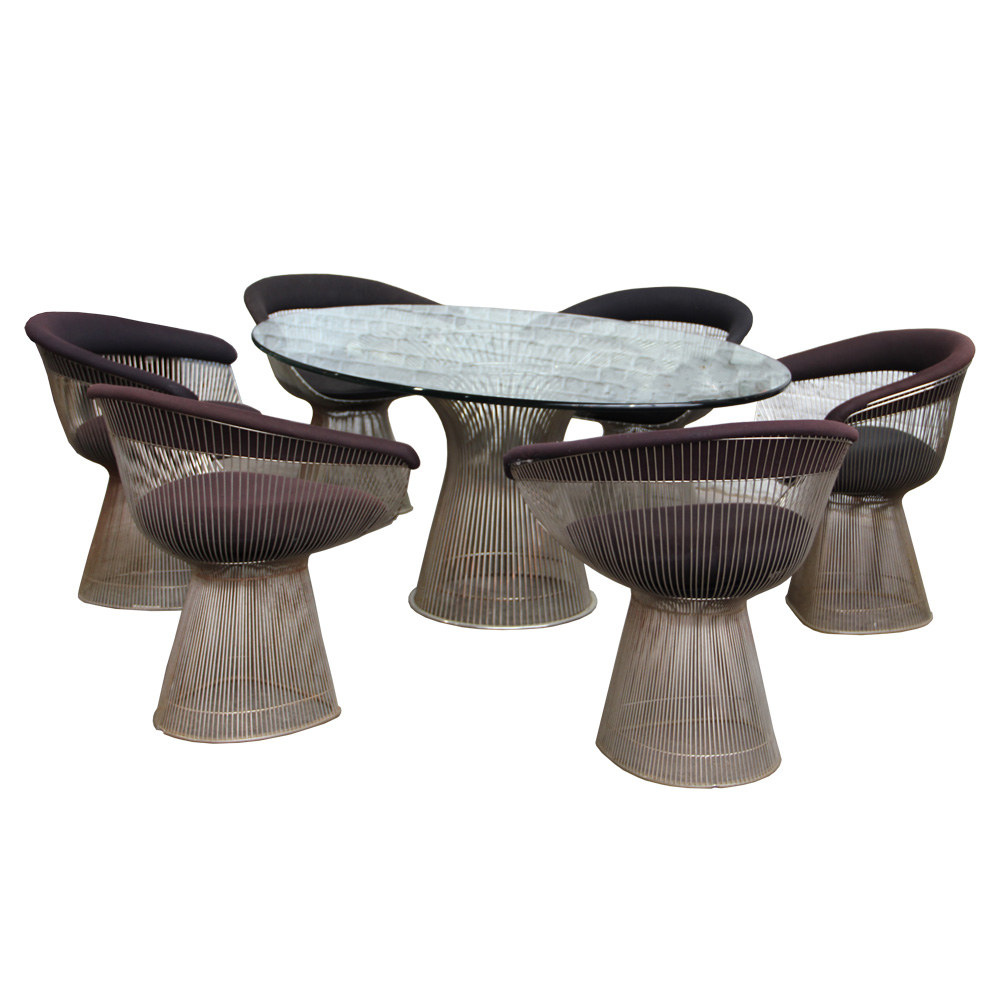See my reply to the "Brazilian rosewood" post.
That mill does look like it could be one of the "authentic" rosewoods. It's funny to see such a small piece glued-up from yet smaller pieces, but many of these dense, hard exotics are surprisingly unstable in larger dimensions. That, along with cost, is one reason it is rare to see them used as solid stock rather than veneers and trim.
Dansk
Produced mills in Wenge, Mutenye, Coca Bola, Palisander, and Pao Rosa, in addition to teak (according to their sales material). I realize that some of these woods are difficult to distinguish based on photos alone, but is it possible to narrow down the likely options (or perhaps it is something different)?
My limited
exposure to wenge [wen-gay ?] convinced me that it would appear as a black-and-tan or black-and-brown striped wood. I was surprised to see a reddish wood identified -- by the estimable Simon -- as wenge. But as I say, my familiarity if any would be based on a North American-supplied example.
Or cocobolo.
This is a fun site for exploring the varieties in appearance within the same species or the similarities between different species.
At some point, it doesn't really matter. In the end, continued harvesting and use of them just fucks up our tools, poisons us in some way or another, and contributes to the premature demise of life as we know it on this planet.
http://www.hobbithouseinc.com/personal/woodpics/cocobolo.htm
I don't think that's a Dansk...
I don't think that's a Dansk mill. I'll check out my copy of Danish Pepper when I get home tomorrow and see if there's anything similar in the book as it has many non-Dansk mills as well. You should contact Mark Perlson, the author of the book. He knows as much about Danish pepper mills as anyone. I'd be curious what he has to say. He can be contacted at info @ danishpepper(dot) com
Thanks, tktoo.
The wenge sample shown on that page accords with the material that I have used.
There was a time, a few years back, when Lincoln announced a SUV/pickup which would be decorated with wenge panelling or trim on the exterior. As I recall, the production vehicle appeared without this adornment. Maybe the company decided that wenge would not be "dishwasher safe" ?
It all turns grey with repeated exposure
to harsh detergents an/or environments. Cellulose, lignins, and even contained silicates, to some degree, eventually succumb.
The traditional Japanese philosophy would encourage us to use the material to make something as beautiful as the tree it came from and last at least as long.
If you need any help, please contact us at – info@designaddict.com


 <img class="wpforo-default
<img class="wpforo-default







